The right kitchen island can transform your meal prep space into a beautiful and functional part of the house. The kitchen island tips and ideas below will inspire you to choose the ideal size, shape, design, and finish for a practical kitchen island that elevates your kitchen experience.
Purpose

Take a close look at your kitchen and think about how you will use your kitchen island. It is important to ensure that your kitchen meets the needs you envision for it, rather than having it before knowing what to do with it. A well-designed kitchen island can enhance your kitchen by providing additional meal prep space, extra storage and seating, and entertaining areas.
Experts recommend having a kitchen island on which meals can be prepared on one side, leaving some space for clever seating ideas.
This will give you a breakfast bar that will come in handy during the morning rush while providing some space to entertain family and guests while preparing other meals in a relaxed environment.
If your kitchen island will include a sink, you ought to make some provisions to ensure enough space for dishes. You will probably have dishes waiting to be washed and wet dishes draining after a wash. Thus, you may want to consider a rack or a tray to safely keep dishes in.
You may also want some storage on your kitchen island. The most popular additions for storage include cabinetry, pull-out drawers, shelves, and hooks that can be mounted on one side of the island.
Size

The minimum recommended size of a kitchen island is at most 10% of the kitchen area. This is considered highly proportional as it leaves more space to work around the feature, add some seating, and leave enough space for other activities around the kitchen.
Using the 10% rule will ensure you allow a few feet around the island for easy movement and cleaning. You can further boost the use of this space by having bar stools that tuck right in, creating more space when the seating is not in use.
Experts advise that a kitchen island should be around 2-by-4 feet, as this is a good size on which meals can be prepared and enjoyed. However, this recommendation is not set in stone, rather it is a guide from which you can apply based on the size and layout of your kitchen.
Finish

Kitchens naturally feature heavy traffic flow and lots of productivity. Therefore, you will benefit from choosing a durable countertop. Ideally, it should be tough and easy to clean, concepts that similarly apply to your cabinetry and floorboards in the kitchen.
There is a wide selection of countertops to choose from, such as natural marble which is stunning, or quartz countertops which are a popular choice because of their low maintenance and ease of cleaning.
You can invite some variety into the appearance of your countertop by adding some timber elements such as large chopping blocks. This is a good way of creating zones on a kitchen island, while cleverly disguising joints in materials like granite and quartz.
A kitchen island is a good place to be brave with color, even if you have a generally neutral color scheme. You may want to consider a dark and punchy color for the lower areas of the kitchen island like the cabinetry.
You can then choose a countertop that stands out, with shiny accessories like brass hardware and colorful cookware to tie the look together well.
Seating Plan:
When considering adding seating to the design of your kitchen island, carefully think about how the seating will be used.
Consider whether it will be the only type of seating in your kitchen, whether it's for the whole family or just guests, and whether you'll be doing any work on the island once meals are finished.
These factors will determine the type of seating and how many seats you should get for your kitchen island.
Designers recommend wrapping stools around one end of the island to create a practical and sociable setting. It's important to choose counter stools that fit into the island's design and dimensions so they can tuck into the island and leave enough space to move around.
Lighting:

If your kitchen island is located away from the main light source in the kitchen, you may want to incorporate some lighting design into your plans. This is because you need lighting directly above your island, and the light source should be both beautiful and practical.
One creative choice for kitchen islands is an extractor fan that doubles as a light fixture. Another popular option is low-slung chandeliers with multiple bulbs or beautiful pendant lights. Pendant lights are especially beneficial as they draw attention to the island while providing essential task lighting for meal prep and cleaning.
If you choose low-slung lights, ensure they are dimmable so that you can easily adjust the ambiance when you're finished cooking and entertaining guests and family members.
Conclusion:
From the shape and size to the materials used, there are several factors to consider when designing the perfect kitchen island that suits your needs and preferences.
It's important to visualize the end result in the planning phase and decide on important factors like size, choice of countertop, and purpose.
Doing your research on the internet before creating your kitchen island is also beneficial. Look up other people's experiences and see what different types of kitchen islands look like in kitchens with a similar shape and size to yours.
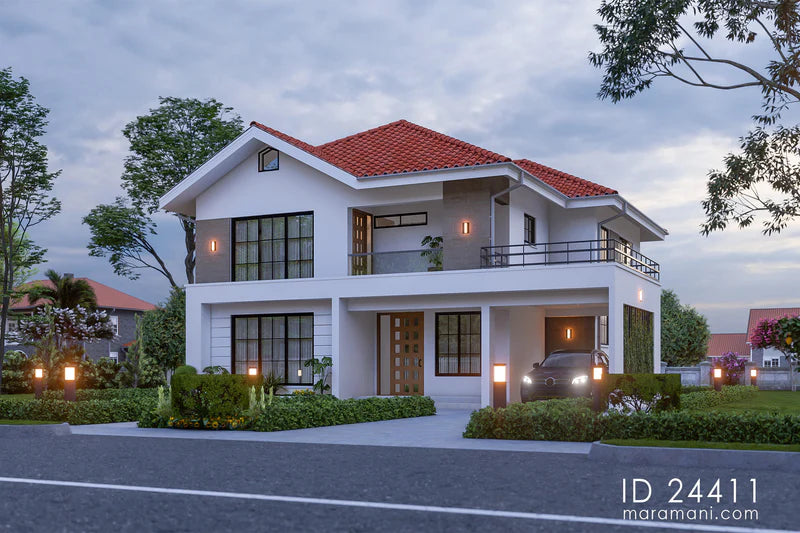
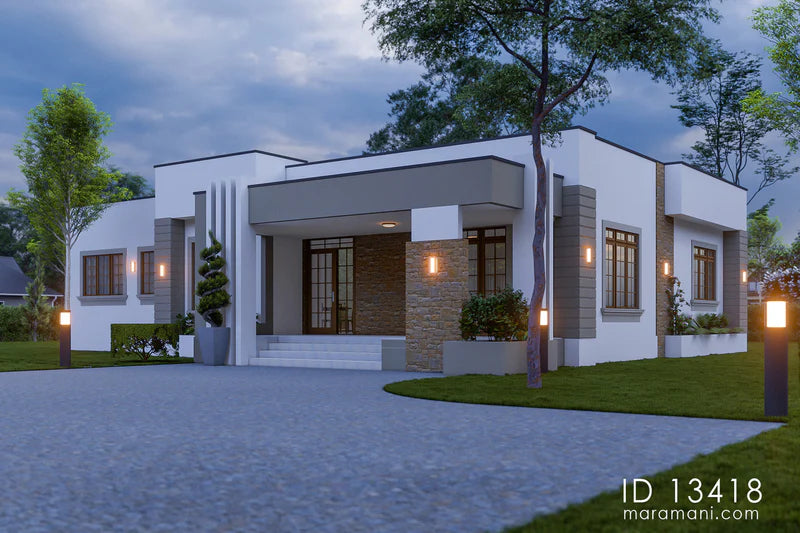
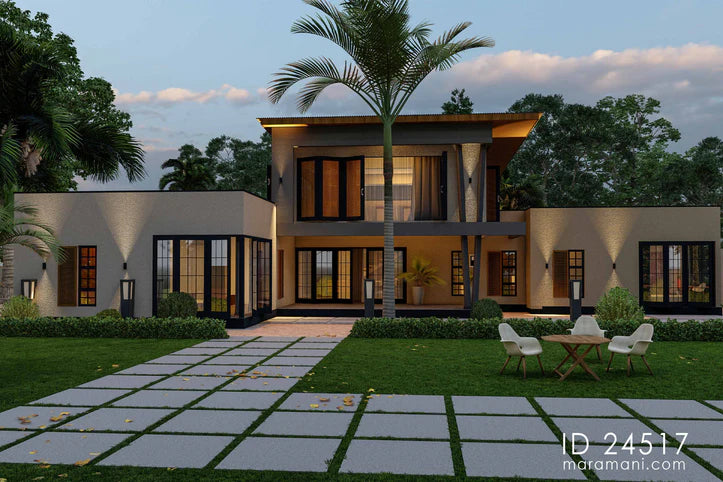
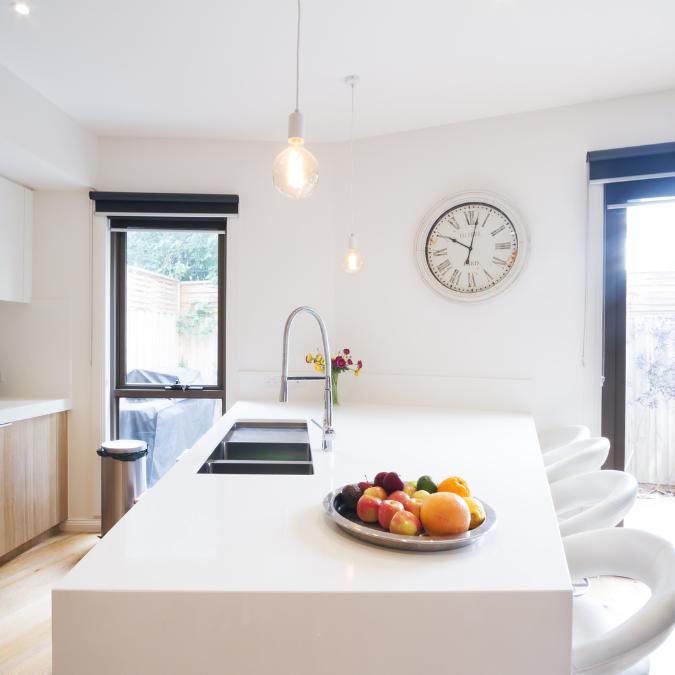
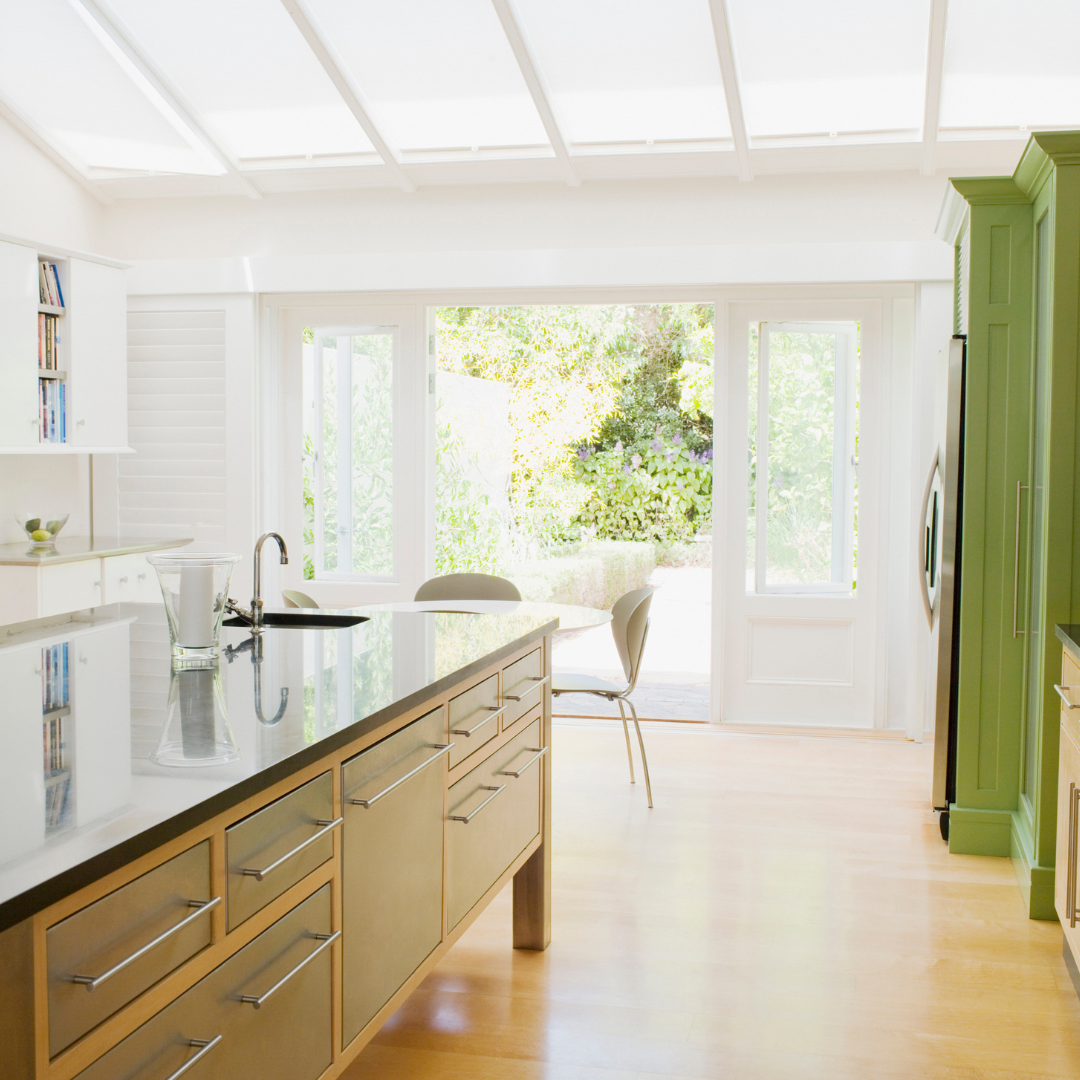

Leave a comment
This site is protected by hCaptcha and the hCaptcha Privacy Policy and Terms of Service apply.